How to Make a Mind Map
Mind mapping is one of the most common types of information processing. It should be
used when a writer encounters writers' block or when the writer is having trouble organizing thoughts or ideas. Problem solvers can use mind maps to address creative challenges without prejudgement and to allocate resources effectively.
Mind mapping visualization spawns ideas that are connected to a central topic, but the technique can also be used to "flesh out" ideas that have already been targeted as potential solutions. Mind mapping is often used by writers to gather their thoughts and ideas before they lay pen to paper. A mind map should be a web-like structure of words and ideas that are loosely tied to one another. Here are some guidelines for
crafting a useful mind map.
Steps
-1
:Understand potential uses of mind maps.
Revision notes.
Brainstorming. This can be done in a group also.
Planning. Project, job interview, CV, presentation.
Learning a language.
Goal setting.
Note taking during a meeting or lecture.
Decision making.
BOOK summary.
Creative writing.
Recording the family history.
RESEARCH.
-2
Prepare a rough draft. Quickly put together a rough draft. Redraft with colours, images and printed words.
-3
GENERATE a topic. What will be the focus of your thinking? Your topic should be no more than a few words. By keeping your topic simple, you will be able to attach aspects and attributes precisely and in an understandable way. A broader topic will give you more to work with in the future.
-4
Place that topic in the center of the page. Ideally you want a pictogram or visual representation of the central topic. Writing the topic in bold letters should be reserved for things without any conceivable visual form.
-5
Size. Mind maps should be no larger than an A4 piece of paper. To cover more topics, come up with a master mind map which acts as a contents page for various smaller mind maps. Attach more paper as needed. Break the "on the page" mentality.
-6
Use free association to start the ideas flowing. Record what comes to mind. As you GENERATE thoughts, draw branches from the main topic. Keep words to a minimum, capturing the essence of each thought succinctly. As your mind map grows, continue to pare the number of words per branch. Print clearly.
-7
Brainstorming. If you are brainstorming ideas, it can help to start out with: what, why,
where, when and how.
-8
Be concise with the choice of words for your map. Write single words or simple phrases.
-9
Continue branching. Make more branches off of your main topic. Try to extend your thoughts from one idea to the next. Draw lines between thoughts to create lateral thinking
-10
As new ideas come forth, draw additional branches from your topic. Expand as necessary.
-11
Repeat branching until all your ideas appear on the map.
-12
When you are finished mapping, carefully study the connections that you have made and try to refine the relationships. What larger patterns have you uncovered?





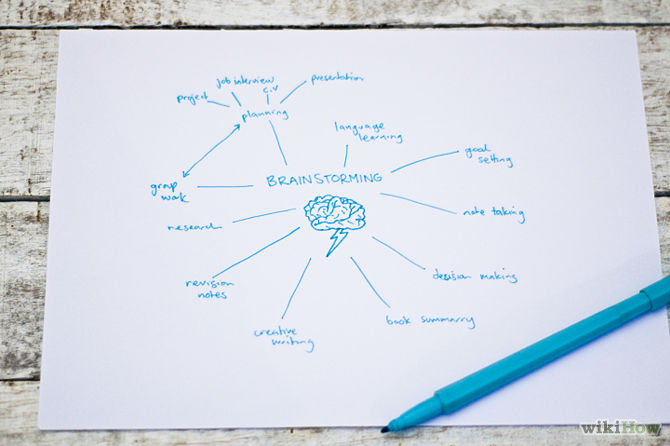
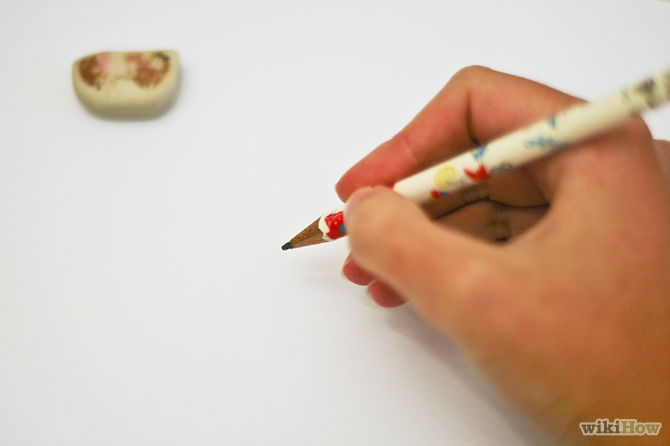
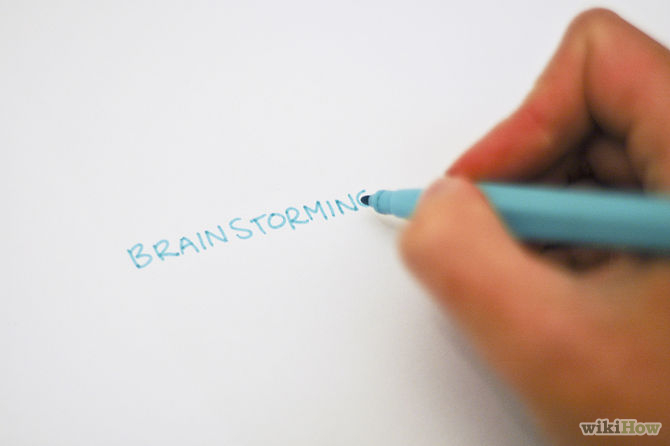
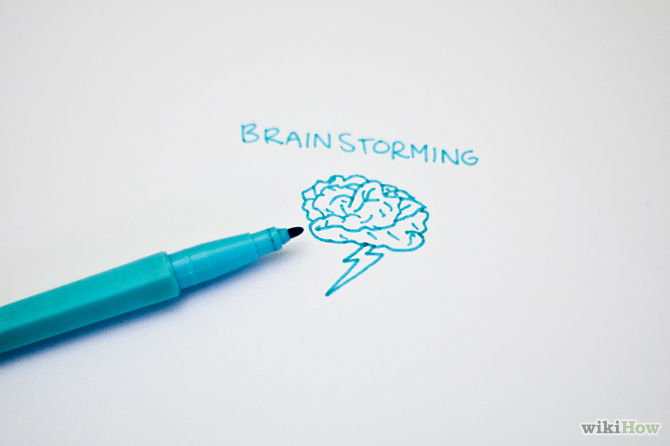
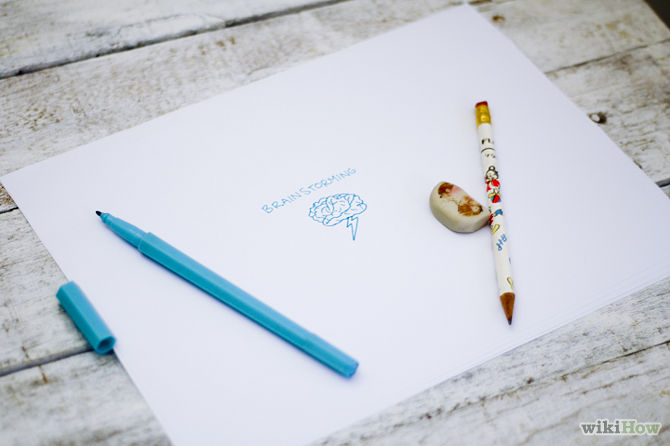

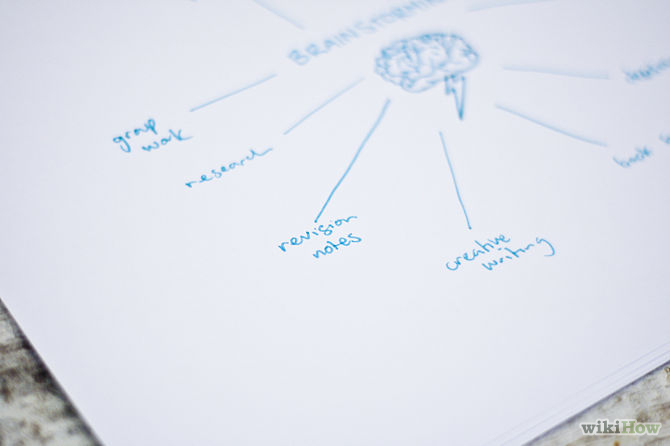

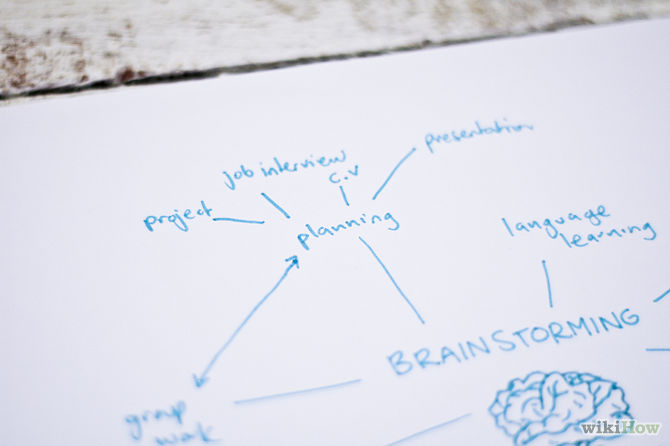
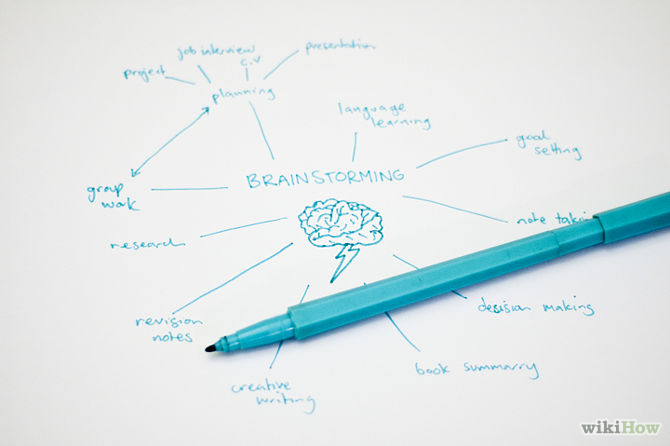
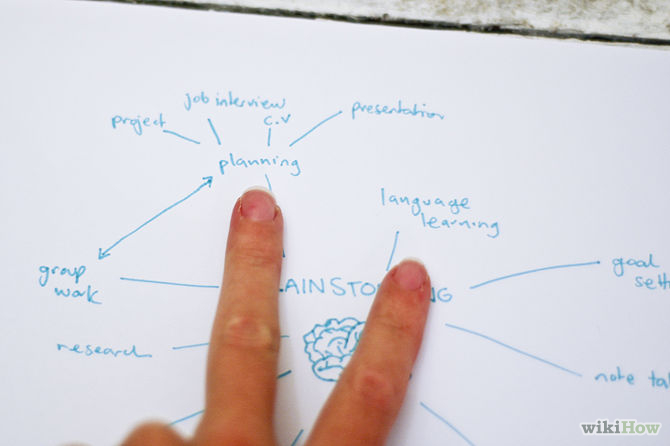
 رد مع اقتباس
رد مع اقتباس